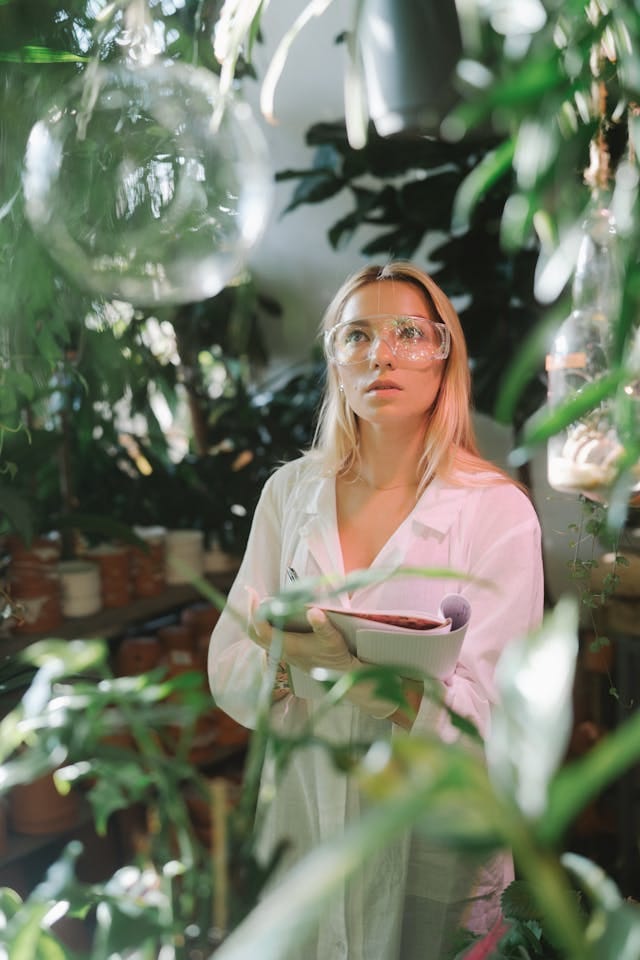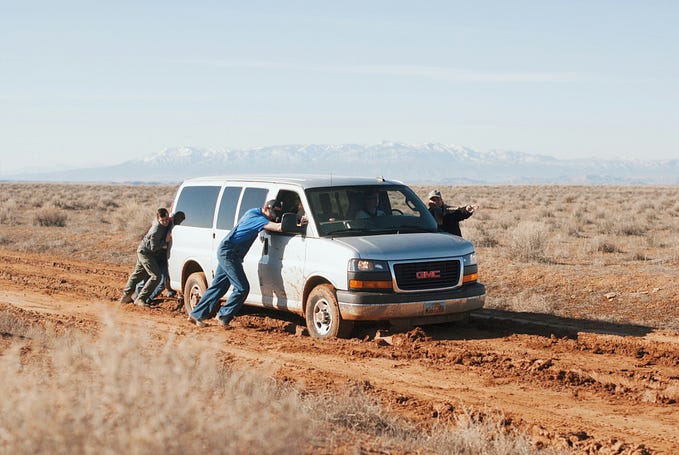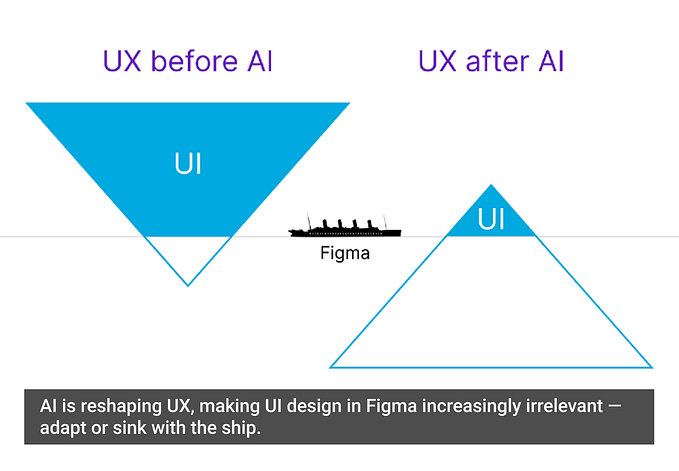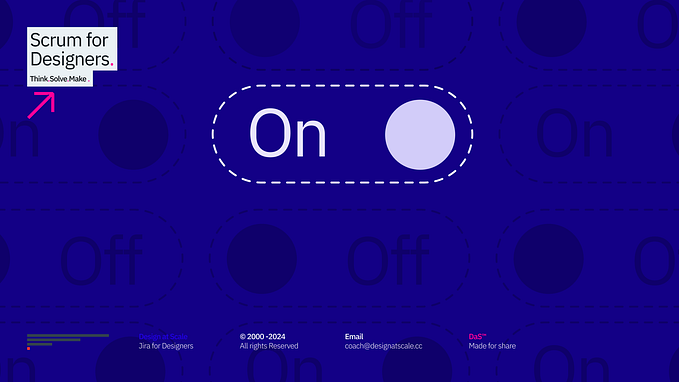Member-only story
To design great products, you need to experience them firsthand early on
The most important thing when you’re new to a project is to see it for yourself

“What do I think a Minion is? It’s that ugly yellow thing with the glasses, right? " a user said to me during testing, what I feared might happen.
Our expert product team, with 50+ years combined experience in the field, had coined this term as technical jargon for our product. They were confident users would understand the concept. I wasn’t.
However, it was then that I made a crucial mistake you must avoid: I kept quiet since I was new to the field and wondered if it was just me. As Designers, one of the most important things is always to ask questions, even if it seems stupid.
You need firsthand experience as a designer to understand particular features and where novices might struggle because your team is likely full of experts.
People don’t recognize their expertise unless it benefits them
Despite my team individually having 10+ years in the field, they didn’t consider themselves experts. Most people don’t. Unless they’re applying for new jobs, or it benefits them, they don’t consider themselves experts.
As a result, they still felt they had a firm grasp of what it was like to be a new user and how much people knew about the subject.

Unfortuantely, as the comic suggests, that isn’t true. This is why firsthand knowledge of a project is necessary.
While you are not your user, approaching a project with brand-new eyes can help you spot usability issues and ask questions to help you create better designs.
Conversely, if you rely on secondhand knowledge, screenshots, and information others share, your team’s blindspots are now your own.
Even if you ask many questions about the Client’s needs and wants, what they forget to mention (or even think about) are things you might not uncover until deep into user testing.







